TikTok Leads the Charge in AI Transparency with New Content Labeling Initiative
TikTok, the widely used social media platform known for its short-form video content, has announced a new initiative to automatically label AI-generated content (AIGC) when it’s uploaded. The platform, in collaboration with the Coalition for Content Provenance and Authenticity (C2PA), will become the first media-sharing service to deploy Content Credentials technology.
For over a year, TikTok has mandated that creators tag realistic AI-generated content, including those created with TikTok’s own AI effects. The latest update extends this requirement to AI-generated content from other sources as well, utilizing Content Credentials technology to attach metadata that helps instantly identify and label AIGC.
The rollout of auto-labeled AI content on TikTok will initially be gradual, expanding as Content Credential technology is adopted by other platforms. Currently, this feature will apply only to images and videos, but plans are in place to extend it to audio content soon.
TikTok has also joined Adobe’s Content Authenticity Initiative. Dana Roa, Adobe’s general counsel and chief trust officer, emphasized the importance of these efforts, stating, “At a time when any digital content can be altered, it is crucial to offer methods for the public to verify what is real.”
Furthermore, TikTok is enhancing its user education with media literacy resources developed in partnership with MediaWise and Witness. Throughout the year, the platform plans to release a series of 12 videos aimed at bolstering universal media literacy skills and explaining how features like AIGC labels can help users better understand the context of the content they consume.
This development comes amid growing concerns over the potential misuse of AI technologies, including the creation of highly realistic deepfakes. Just recently, authorities in Hong Kong uncovered an unlicensed cryptocurrency exchange that misleadingly associated itself with Elon Musk using AI-generated videos and images. Meanwhile, Warren Buffett, co-founder of Berkshire Hathaway, likened the impact of AI on illicit financial activities to the historical significance of the atomic bomb, following the creation of a convincing deepfake of himself.



